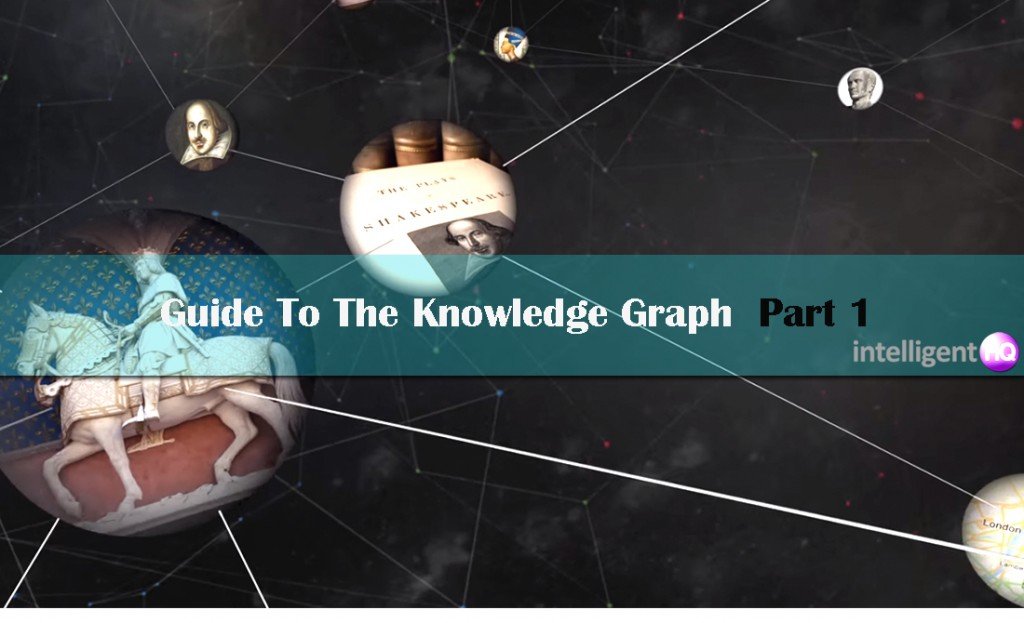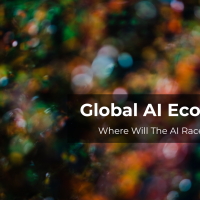Introduction
As we all know, if you are running a business, you need to have a proper online presence that is widely visible. But to become visible in the web is getting harder and harder as millions of websites, blogs, and posts of all kinds are now uploaded on a daily basis. It is therefore key to become skilled in search engine optimization, and up to date with the most recent developments in SEO, which is an area that is changing all the time.
SEO changes very quickly and the new tendencies will certainly disrupt the way search is done, and consequently, the online presence of businesses, particularly the ones dedicated to publishing.
One of the latest innovations concerning search is the introduction of the Knowledge Graph by Google.The knowledge graph can be said to be Google’s tool of semantic search. But what is exactly Semantic search, knowledge graph, and in what way will these new trends affect your business? Over this little guide, to be published in two parts, we will go over some basic information about what is semantic web, what is the knowledge graph, and how to use the knowledge graph to increase the visibility of your website.
What Is Semantic Search ?
According to Wikipedia, semantic search seeks to improve search accuracy by understanding the searcher intent and the contextual meaning of terms as they appear in the searchable data space, whether on the Web or within a closed system, to generate more relevant results. In other words, semantic search aims to “guess” what is the exact intent that you are looking for in your question.
If until now Google has algorithmically led users towards web pages based on search strings, for the past couple of years, things are moving into a more data-driven model of semantic search, due to the knowledge graph. As such, search engines have increasingly been incorporating elements of semantic search to improve some aspect of the search experience, when using for example, schema.org markup to create enhanced displays in SERPs (as in Google’s rich snippets).
Elements of semantic search are now present at almost all stages of the search process. As search engines are becoming increasingly answer engines aiming to provide relevant answers to the questions you ask the web, they are leveraging the semantic web through improved semantic search technology.
According to Barbara Starr, an expert and search engine author, the semantic search techniques being used increasingly by Google at every stage of the search process are the following:
- Constructing The Query: Google has now an improved understanding of “natural language”, form-based or template-based queries. Search doesn’t need anymore the precise input of users, writing the exact keywords that will lead them to the results they’re after, as the search engine is now encreasingly able to clarify, and comprehend the user’s question removing any doubts on the meaning.
- Retrieving Relevant Information Resulting From The Query: The way Google search is working now is that it is increasingly delivering the answers plus the results. As Barbara Starr says: “They’ve also become adept at understanding and suggesting relevant entities to a given query”.
- Presenting The Results To The User: Google is constantly testing an array of ways to present data to the user. Such ways are in form of documents and related information summaries , which are delivered in an attractive way. Such ways are blended search results, Knowledge Graph entries, and rich snippets.
As we can see one of its most important tools is then the Knowledge graph, that was introduced in 2012.
What is The Knowledge Graph ?
The Google Knowledge Graph was launched by Google in May 2012 . Its aim was to help Google move from “an information engine” to a “knowledge engine”.
In this video, done by Google, one has a clear overview of what is Knowledge Graph:
The Knowledge Graph helps Google improve its search relevancy. Whenever you search for something, within the search results that provide you with direct answers, you are presented as well with Knowledge Graph boxes sometimes.
The Knowledge Graph was designed to provide information about people, places and things (entities) presented in side boxes. The way Google gathers the information to supply answers via the Knowledge Graph, comes from a variety of sources, including Freebase, Wikipedia CIA The World Factbook, and many other open and linked data sources. It relies as well on information coming from a gigantic database of the many queries done by users and the links those users have clicked on the SERPs presented for those queries.
With the Knowledge Graph users will be able to:
- Find the right thing
- Get the best summary
- research the web in a more in-depth way
The Knowledge Graph is available worldwide now, as long as you search in English. Your search can as such become more intelligent and you will get more relevant results, as supposedly the search engine understands these entities, and the nuances in their meaning, in a cognitive process that is similar to the one of the user. The goal is to make the search engine “think” in a more similar way to the human user.
Guide To The Knowledge Graph (part 2)

Maria Fonseca is the Editor and Infographic Artist for IntelligentHQ. She is also a thought leader writing about social innovation, sharing economy, social business, and the commons. Aside her work for IntelligentHQ, Maria Fonseca is a visual artist and filmmaker that has exhibited widely in international events such as Manifesta 5, Sao Paulo Biennial, Photo Espana, Moderna Museet in Stockholm, Joshibi University and many others. She concluded her PhD on essayistic filmmaking , taken at University of Westminster in London and is preparing her post doc that will explore the links between creativity and the sharing economy.










